Shopping for the latest kitchen or laundry gadget can feel like a shortcut to culinary bliss or effortless housekeeping, but reality often delivers a hefty dose of buyer’s remorse. In 2024, plenty of flashy devices promised to save time, boost flavor, or free up space—only to collect dust or spark frustration once the novelty wore off. From buggy “smart” features to cleanup routines that sap every spare minute, these appliances have users wondering why they ever swiped their cards. If you’re thinking about an upgrade, check this list first so you don’t end up regretting the splurge.
1. Robot Mops
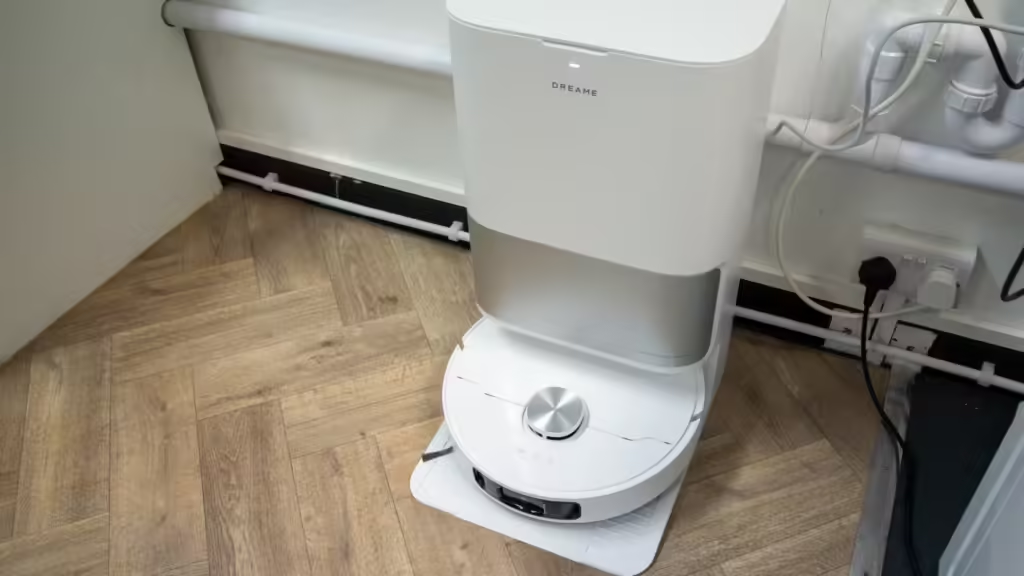
Robot mops sounded like a dream—press a button, walk away, and come back to spotless floors. Yet Wirecutter testing found they leave behind sticky residue, miss corners, and struggle with uneven grout lines. Owners often end up spot‑mopping by hand, turning “set it and forget it” into “set it and do it over.” The high price tag feels painful once you realize you still need a traditional mop in the closet.
Battery life is another buzzkill, forcing mid‑clean charge cycles that drag a quick job into an all‑day affair. Stubborn dried stains require pre‑spraying, which defeats the purpose of automation. Replacement pads and cleaning solutions also add ongoing costs. Many users admit the device is great at one thing—becoming an expensive conversation piece.
2. Smart Refrigerators

A fridge with built‑in cameras and recipe apps seemed futuristic, but CNET reports frequent software glitches and frozen touchscreens that frustrate owners. Firmware updates sometimes disable features like grocery lists or music streaming entirely. Meanwhile, core refrigeration tasks—consistent temperature and humidity—aren’t noticeably better than midrange models. Paying a four‑figure premium feels silly when you still scribble a shopping list on paper.
Repair bills add insult to injury because specialized parts and labor can dwarf the cost of a basic fridge. Privacy concerns also pop up once users learn the unit logs data on door openings and energy use. Many households end up ignoring smart functions and using the screen as a pricey digital clock. Reliability and simplicity now trump bells and whistles for most shoppers.
3. Countertop Pizza Ovens
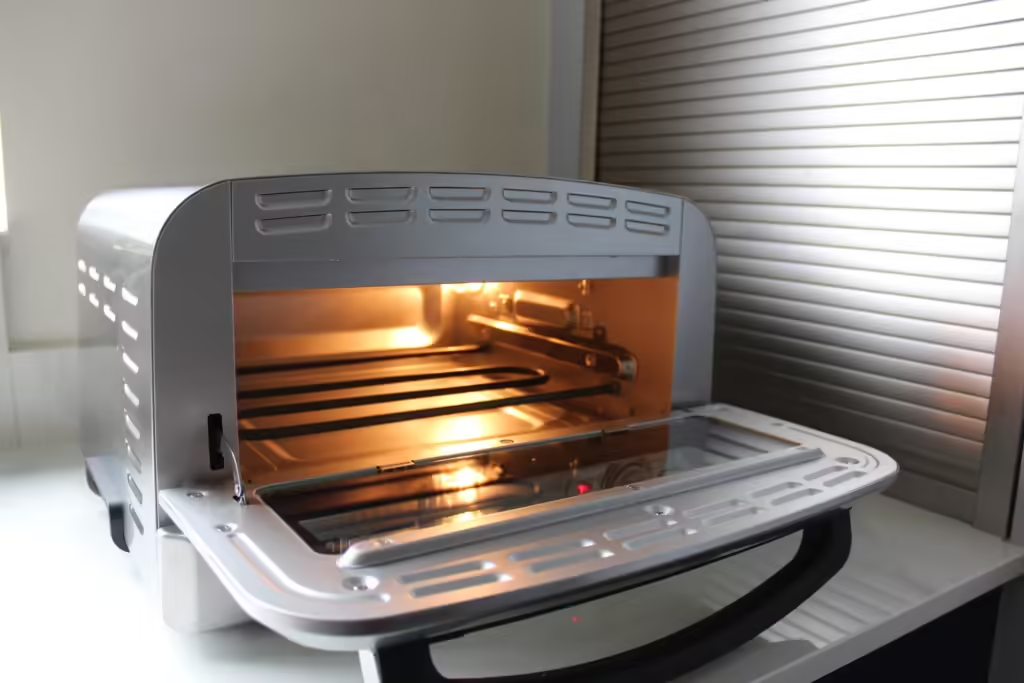
Countertop pizza ovens promise brick‑oven flavor indoors, but Food & Wine notes that most models struggle to reach or maintain the blistering temperatures needed for perfect crust. They hog precious counter space and weigh more than a stand mixer, making them awkward to move. Cleanup involves scraping burnt cheese out of narrow crevices—not exactly date‑night fun. After a few novelty pies, many owners slide the unit into storage and forget it exists.
A regular oven with a pizza stone often delivers comparable results at zero extra cost. Families find they still order delivery when cravings strike because it’s faster and cleaner. The gadget’s single‑use nature clashes with the trend toward multipurpose appliances. Buyers conclude a fun gimmick isn’t worth sacrificing cabinet real estate.
4. Smart Air Purifiers
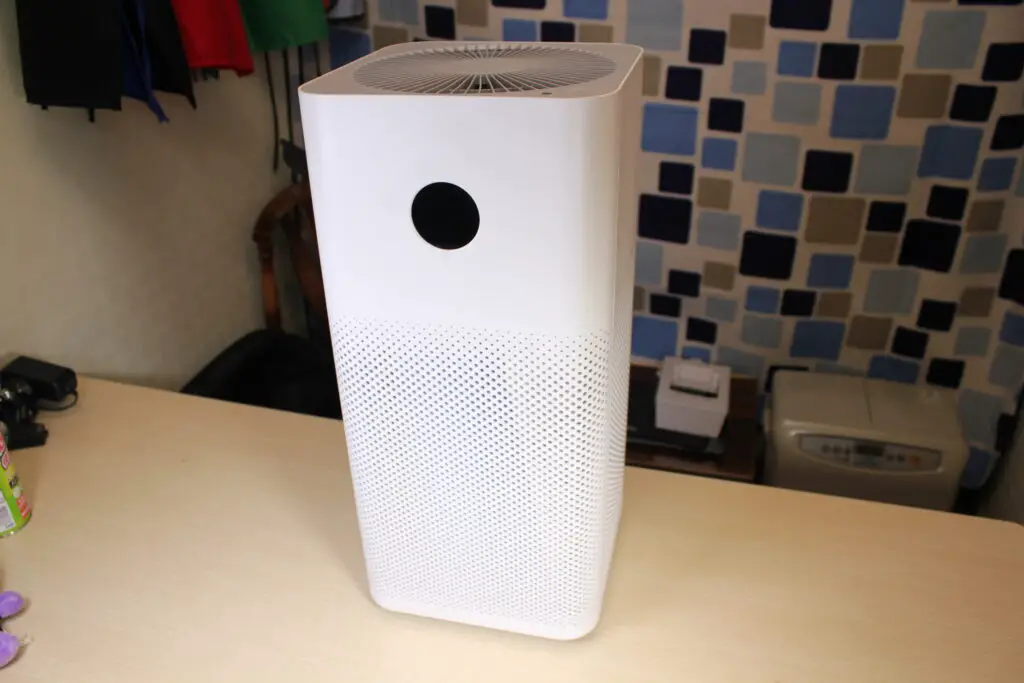
Smart air purifiers pitch app control and real‑time AQI readings, but Smart Air reports frequent Wi‑Fi dropouts and subscription fees for proprietary filters. When connectivity fails, the purifier reverts to a basic fan—hardly worth double the price of non‑smart models. Some units also share indoor air data with third‑party servers, raising privacy eyebrows. Users end up turning off the smart features and running it manually.
Performance isn’t significantly better than standard HEPA machines, making the premium feel unjustified. Filter replacements can exceed $100 a year, and forgetting to re‑enroll means the app pesters you with alerts. Simpler purifiers let you set a fan speed and forget it without digital nagging. In the end, “smart” often equals “spendy and glitchy.”
5. Juicers
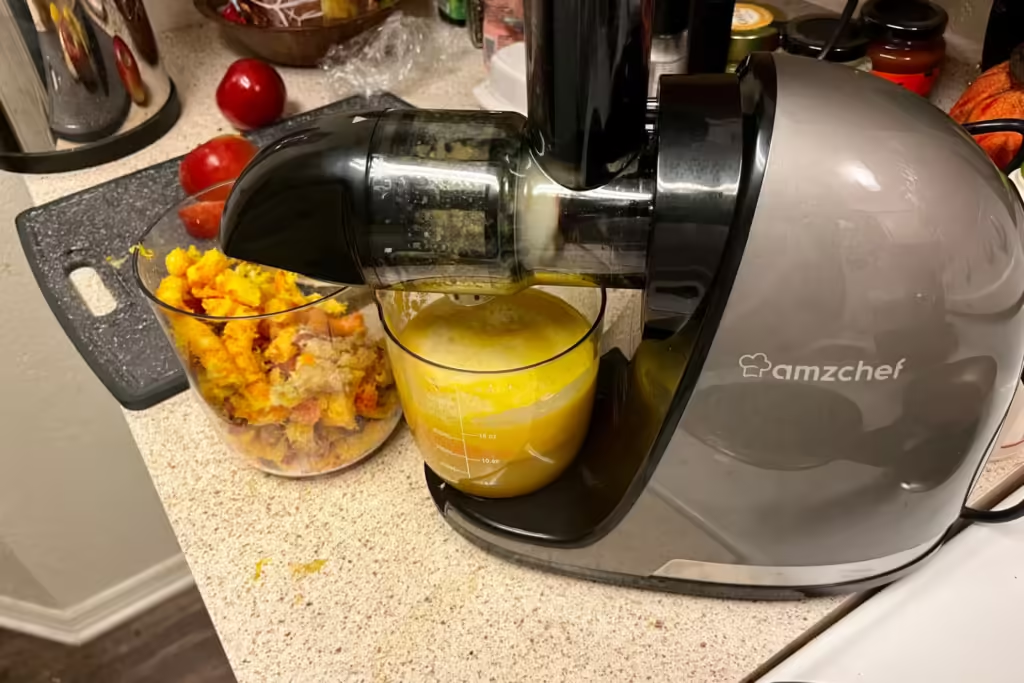
Juice cleanses exploded on social media, convincing many to shell out for high‑powered juicers. Reality set in once cleanup revealed pulp-packed strainers and sticky countertops that take longer to scrub than the juice took to drink. Produce costs add up quickly, making a daily green drink more expensive than a coffee habit. After a few weeks, the oversized appliance slides to the back of the cupboard.
Many buyers realize store‑bought cold‑pressed juices deliver the same nutrients without the mess. The machine’s footprint also steals prep space from everyday cooking tasks. Resale value plummets once pulp stains the plastic chute. For most households, the only thing getting squeezed is the budget.
6. Electric Spiralizers
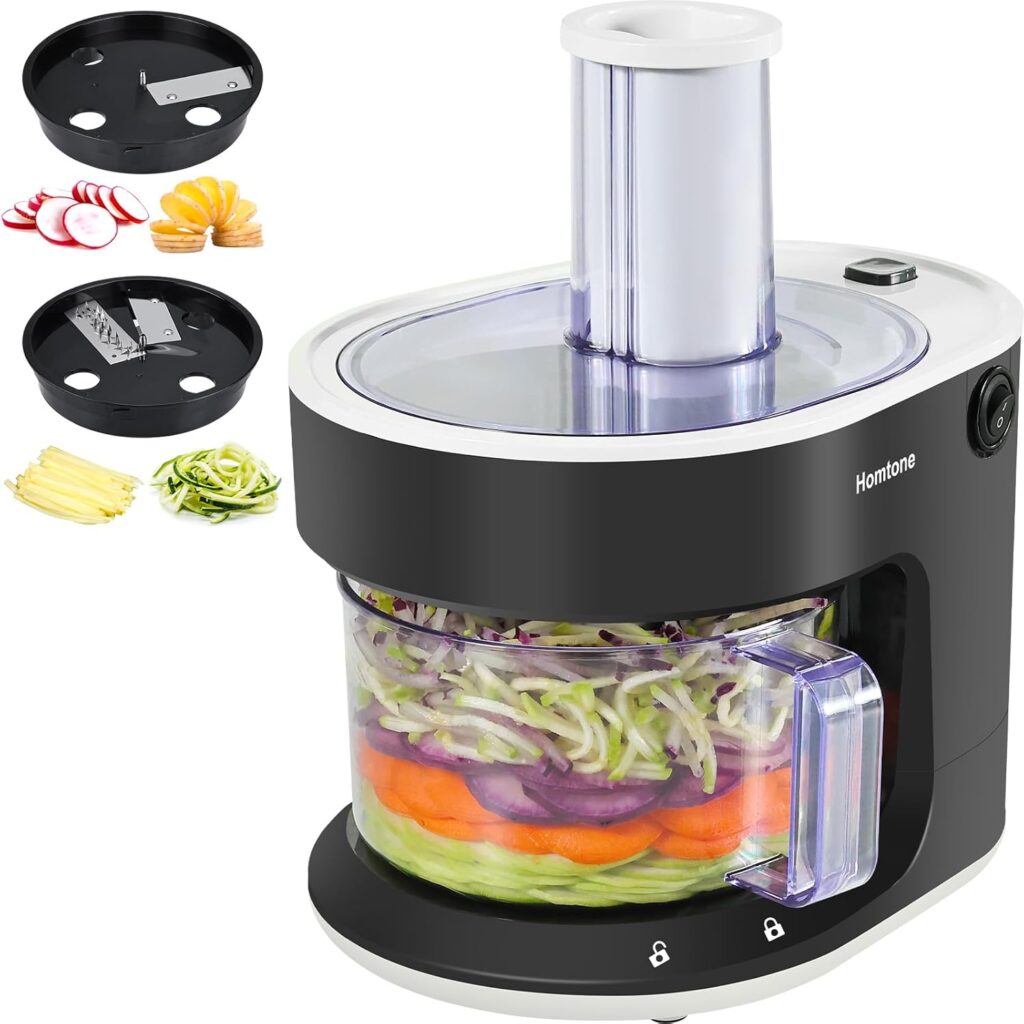
Electric spiralizers promised effortless veggie noodles for the zoodle craze. In practice, motors jam on dense veggies like sweet potatoes, forcing mid‑slice disassembly. Extra blades and plastic tubes need meticulous hand‑washing, and dishwasher cycles warp the parts. A handheld spiralizer does the job faster with less hassle for occasional zucchini nights.
Bulk and noise push the device onto a shelf after the novelty fades. Health‑conscious cooks discover pre‑spiralized produce at grocery stores saves both time and storage. Replacement parts aren’t cheap, and warranties rarely cover blade dullness. Buyers end up eating salads instead of noodles to avoid the drama.
7. Combination Washer-Dryer Units

Combo machines sound perfect for tight spaces, but real‑world cycles stretch past three hours, and drying often leaves clothes damp. When the unit breaks, you lose both washer and dryer functions at once, doubling inconvenience. Ventless drying technology also pumps extra humidity into already small apartments. Space savings rapidly lose appeal when laundry day becomes laundry marathon.
Separate stackable units now offer similar footprints with superior performance. Energy bills spike because combos heat water and air for extended periods. Repair technicians charge premium rates due to complex all‑in‑one engineering. Many owners vow never again and hunt Craigslist for stand‑alone machines.
8. Sous Vide Machines

Sous vide cooking wowed foodies with restaurant‑quality precision, but sealing meats in plastic for hours doesn’t mesh with weeknight schedules. Water baths take a long time to heat, and finishing dishes still requires a hot pan, doubling steps. Countertop immersion circulators hog pot space and need descaling. After a few dinner‑party victories, the device retires to a drawer.
Home cooks discover a steady oven or slow cooker covers most low‑temp needs without vacuum bags. The gourmet edge fades when meal prep feels like a lab experiment. Extra plastic waste also clashes with eco‑minded kitchens. For many, the best sous vide recipe is selling the unit second‑hand.
9. Automatic Pan Stirrers
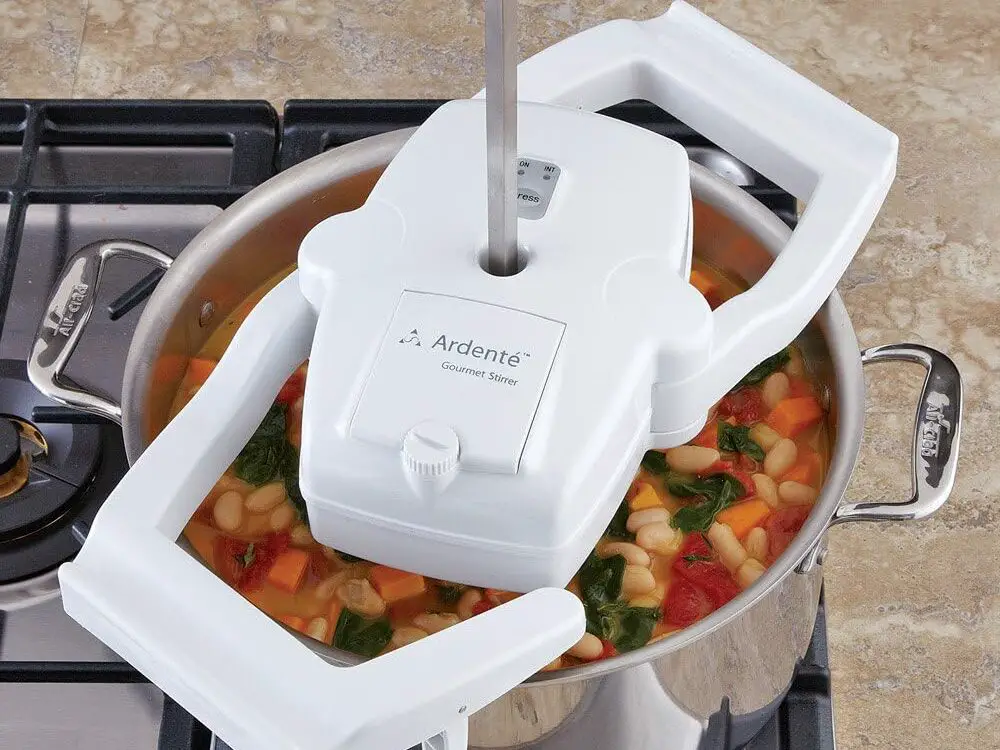
Marketing framed them as an extra hand in the kitchen, but these gadgets struggle with thick sauces and uneven bottom coverage. Silicone feet spin happily in water yet stall in risotto. Batteries die mid‑stir, forcing frantic utensil grabs. By the third use, most cooks reach instinctively for a wooden spoon instead.
Cleanup involves scrubbing tiny gears where food bits lodge, turning a convenience into a chore. Storage drawers weren’t designed for odd‑shaped plastic tripods either. With minimal time saved, the device quickly feels like clutter. Manual stirring remains faster, cheaper, and more satisfying.
10. Bread Makers
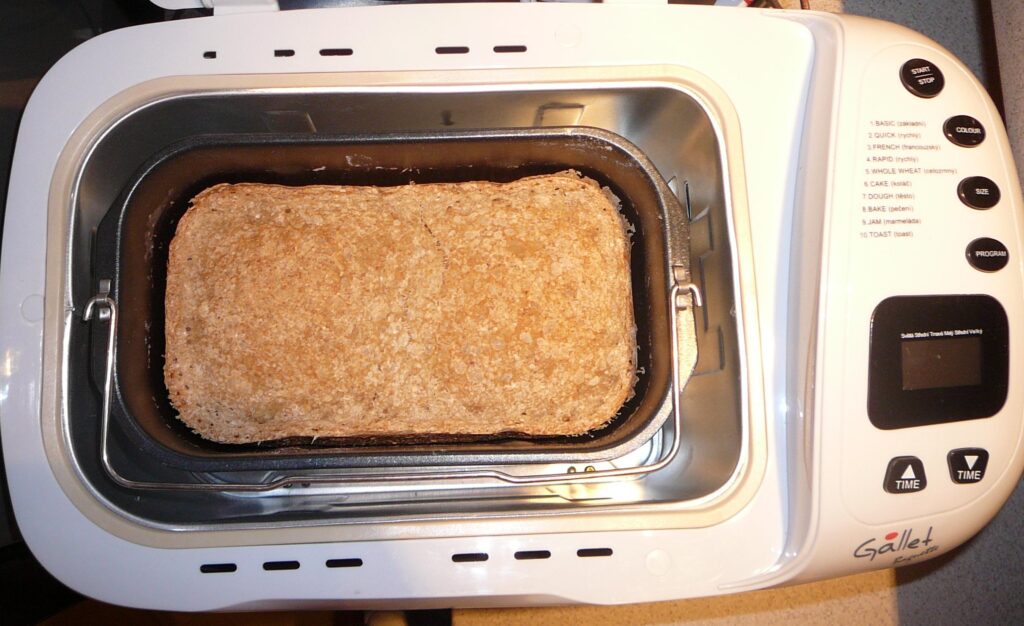
Lockdowns sparked a sourdough boom, sending bread makers flying off shelves. Fast‑forward and many machines now hibernate under beds, displaced by store‑bought boules that cost less than a bag of flour. Non‑stick pans scratch easily, and replacement parts rival the price of a new unit. Recipes still require measuring, kneading, and waiting, so “set it and forget it” is a half‑truth.
The heady smell of baking loaves can’t offset counter hogging and cleanup of dough‑coated paddles. Weekly use declines once busy schedules return and carb cravings fade. A Dutch oven in a conventional oven achieves similar crust with tools you already own. Buyers realize nostalgia isn’t enough to justify the square‑foot sacrifice.
11. Oil-Less Fryers
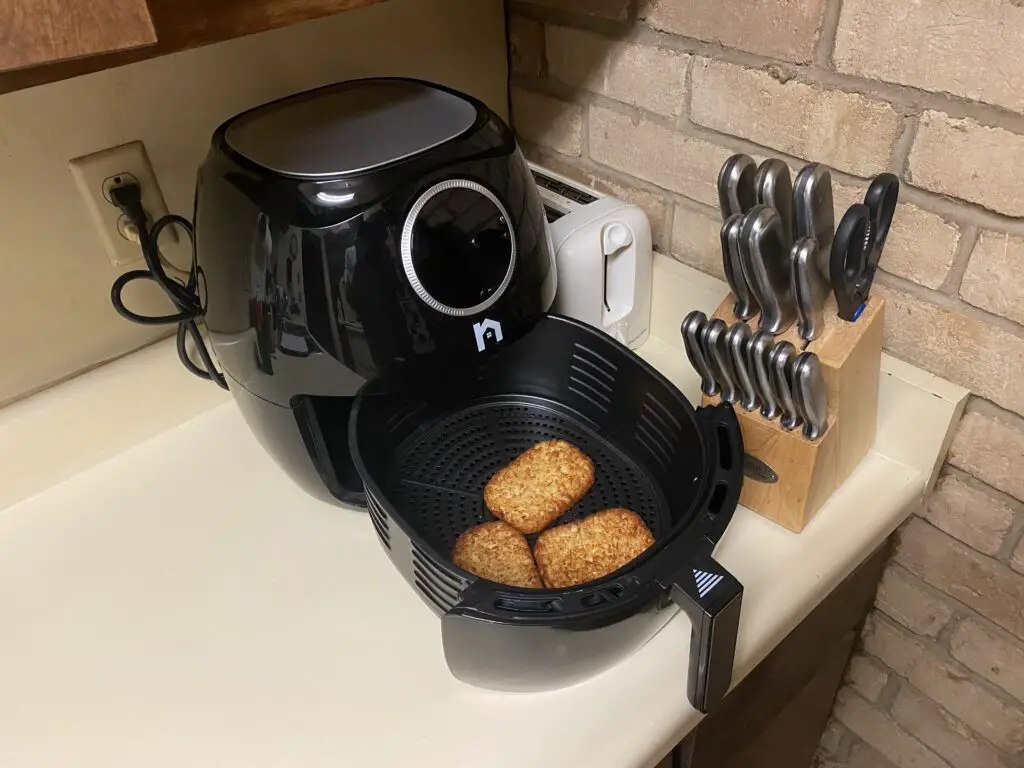
Promised as the healthier path to crispy fries, oil‑less fryers often fall short on crunch and flavor. Heat circulation is uneven, leaving some pieces soggy while others char. Unit size rivals a small microwave, crowding already cramped counters. Cleanup involves dismantling baskets with greasy crumbs stuck in crevices.
Traditional air fryers or a hot oven with convection achieve better results with minimal oil. Recipe books touting fried chicken bliss rarely deliver the texture people expect. After a few disappointing dinners, the machine migrates to the garage. Diet goals stay, but the fryer goes.
12. Indoor Smart Gardens
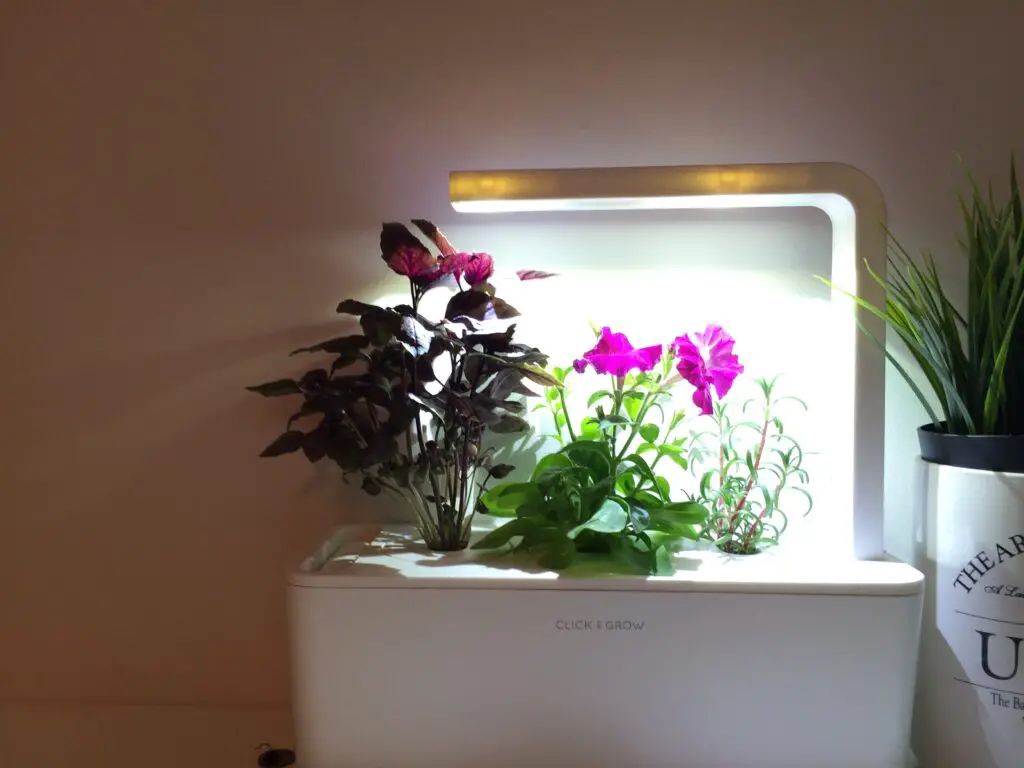
LED‑lit countertop gardens looked like the future of fresh herbs, but high upfront costs and pricey seed pods turn basil into a luxury item. Water pumps hum loudly, and neglecting reservoir refills wilts plants overnight. Yield is modest—hardly enough for a batch of pesto—making grocery herbs cheaper and faster. After a season, many units become dust‑catching light shows.
Maintenance alerts ping phones at inconvenient times, and proprietary pod subscriptions feel like printer‑ink traps. Traditional pots on a windowsill thrive with less fuss and zero electricity. Users realize gardening should relieve stress, not add notifications. Tech fatigue wins, and the smart garden powers down for good.
